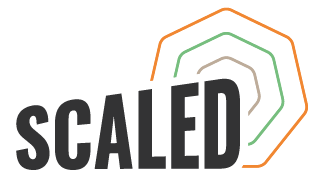Habitat loss is arguably the greatest threat to the world’s biodiversity.
As human activities involve increasing transformed areas, options to preserve large extents of natural habitats get reduced. The spatial organisation of the remaining habitats (configuration) and the potentiality for organisms to move among habitat remnants in the landscape (matrix permeability) thus appear as critical variables. But the window of opportunity offered by the management of theses variables (configuration and matrix permeability) along with the amount of habitat has been the subject of debate among scientists since the 1970s, thus limiting the possibilities for decision support in spatial planning.
The EU-funded SCALED project aims to solve this debate by combining modelling and empirical approaches at various spatial scales and for multiple organisms.
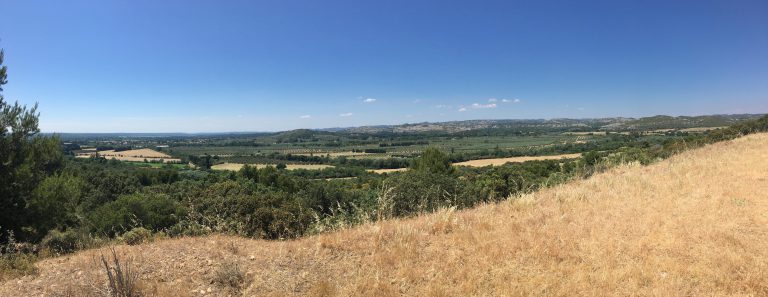
Latest News
Habitat loss is arguably the greatest threat to the world’s biodiversity.
As human activities involve increasing transformed areas, options to preserve large extents of natural habitats get reduced. The spatial organisation of the remaining habitats (configuration) and the potentiality for organisms to move among habitat remnants in the landscape (matrix permeability) thus appear as critical variables. But the window of opportunity offered by the management of theses variables (configuration and matrix permeability) along with the amount of habitat has been the subject of debate among scientists since the 1970s, thus limiting the possibilities for decision support in spatial planning.
The EU-funded SCALED project aims to solve this debate by combining modelling and empirical approaches at various spatial scales and for multiple organisms.
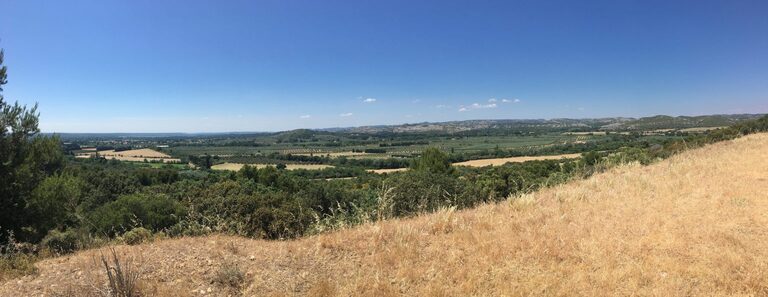
Latest News
Workpackages
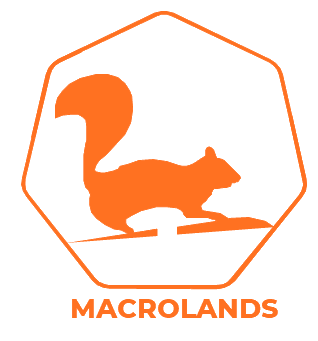
MACROLAND
A in situ observation network of gene flow of the European red squirrel (Sciurus vulgaris) at the km scale.
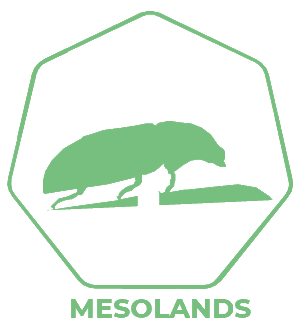
MESOLAND
A in situ mesocosm experiment conducted with beetles in dry grasslands at the meter scale.
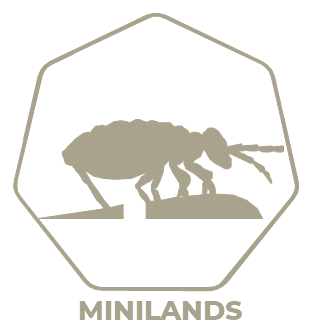
MINILAND
A microcosm experiment conducted with micro-arthropods in artificial landscapes at the centimetre scale.
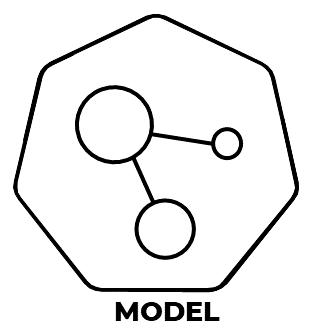
MODEL
An individual-based, process-based, spatially and temporally explicit predictive modelling tool that will translate the mechanistic understanding gained from our three empirical platforms into computer-based simulations.

MACROLAND
A in situ observation network of gene flow of the European red squirrel (Sciurus vulgaris) at the km scale.

MESOLAND
A in situ mesocosm experiment conducted with beetles in dry grasslands at the meter scale.

MINILAND
A microcosm experiment conducted with micro-arthropods in artificial landscapes at the centimetre scale.

MODEL
An individual-based, process-based, spatially and temporally explicit predictive modelling tool that will translate the mechanistic understanding gained from our three empirical platforms into computer-based simulations.
SCALED is a 5-year project led by Dr Cécile ALBERT at the Institut Méditerranéen de Biodiversité et d’Ecologie (CNRS, Aix Marseille Univ, IRD, Univ Avignon) funded by the European Research Council (ERC) under the European Union’s Horizon 2020 research and innovation programme (grant agreement No. 949812 — ERC-2020-STG).
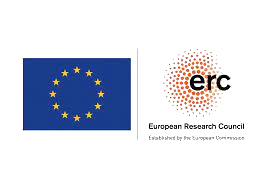


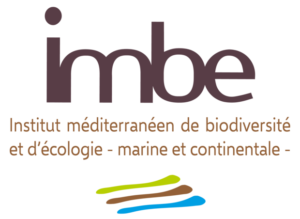
SCALED is a 5-year project led by Dr Cécile ALBERT at the Institut Méditerranéen de Biodiversité et d’Ecologie (CNRS, Aix Marseille Univ, IRD, Univ Avignon) funded by the European Research Council (ERC) under the European Union’s Horizon 2020 research and innovation programme (grant agreement No. 949812 — ERC-2020-STG).




